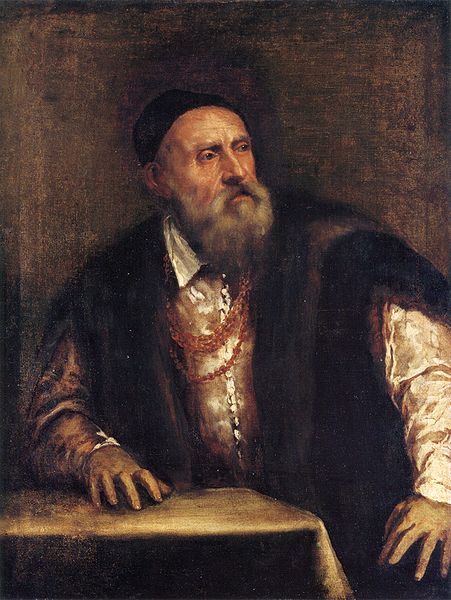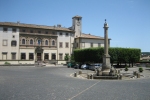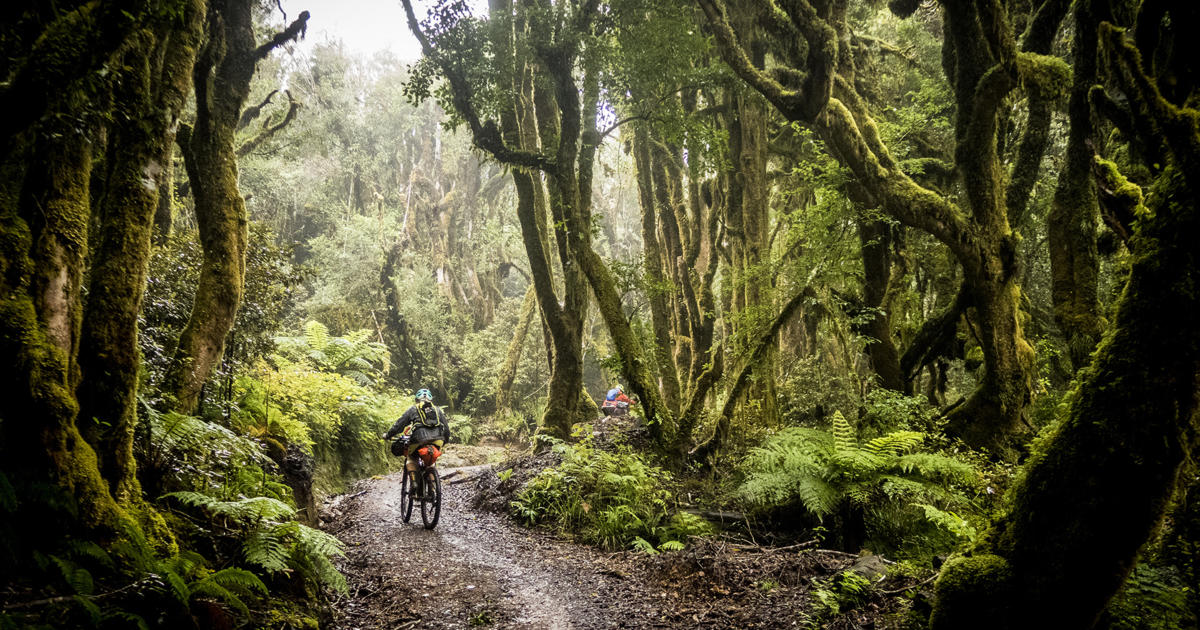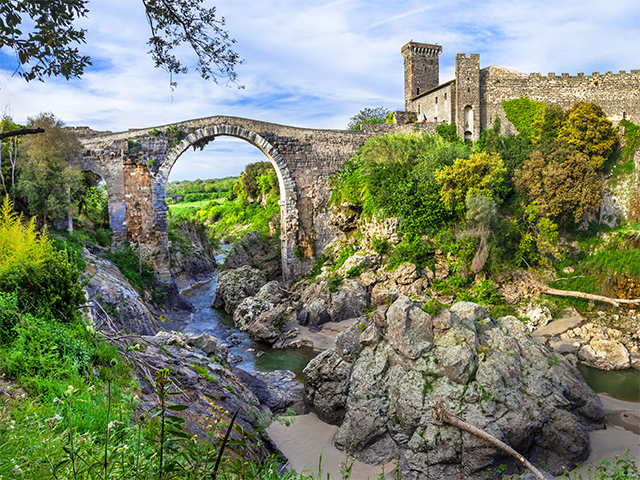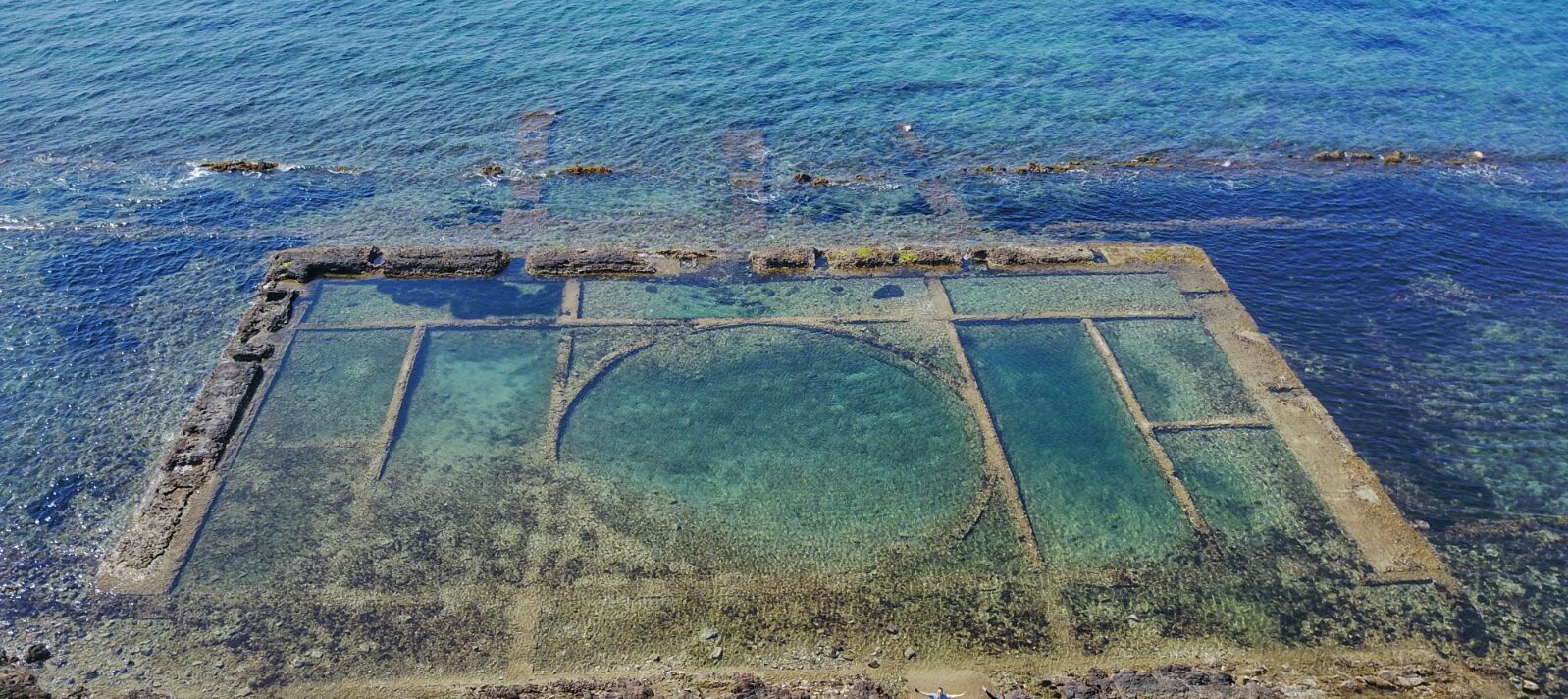Breadcrumbs
Blog
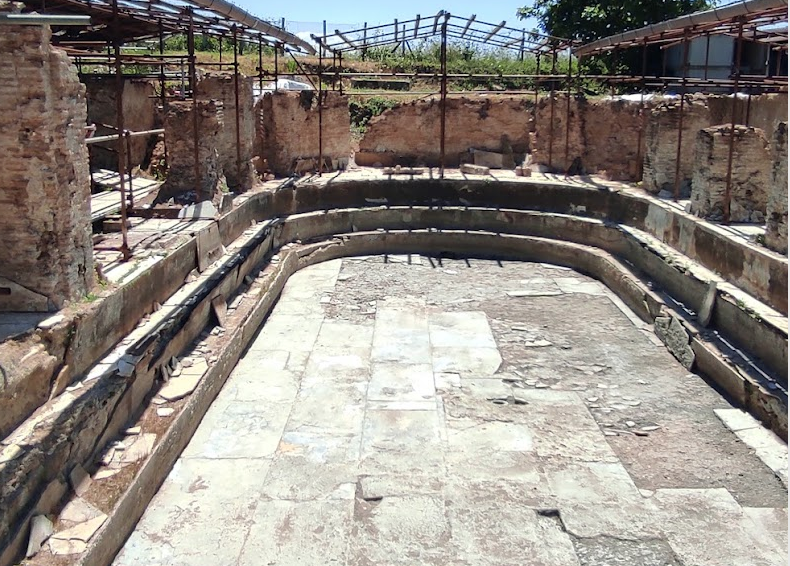
- Details
- Guide Tips
I'm thrilled to share with you an exciting surprise that one of our recent site visits during the beautiful sunny days of January unveiled: the rediscovery of the ancient and renowned Aquae Ceretane. These thermal springs are mentioned in various ancient sources, including the Roman physician Caelius Aurelianus, the Greek historian and geographer Strabo, and the ancient Roman historian Titus Livius. The springs had disappeared and remained "frozen" by history for over a millennium and a half, buried beneath private agricultural land, yet they maintained a surprisingly good state of preservation for some of their decorative features. The size and artistic level of these structures are decidedly exceptional compared to the standard of settlements known in the area.
Read more: The ancient and renowned thermal baths of Aquae Ceretanae recently discovered
- Details
- Guide Tips
The coastal stretch north west of Rome, in addition to the natural and landscape beauties and the many archeological parks (some protected by UNESCO) also retains a rich submerged archaeological heritage that surely deserves to be visited,valued and protected in the best way. This region is too rich of historical, archeological and natural beauties to be covered in few lines, so, in this article, I will only mention and refer to some of the less known ancient ruins dating back to the Etruscan and Roman times and only to those found directly on the sea, or underwater.
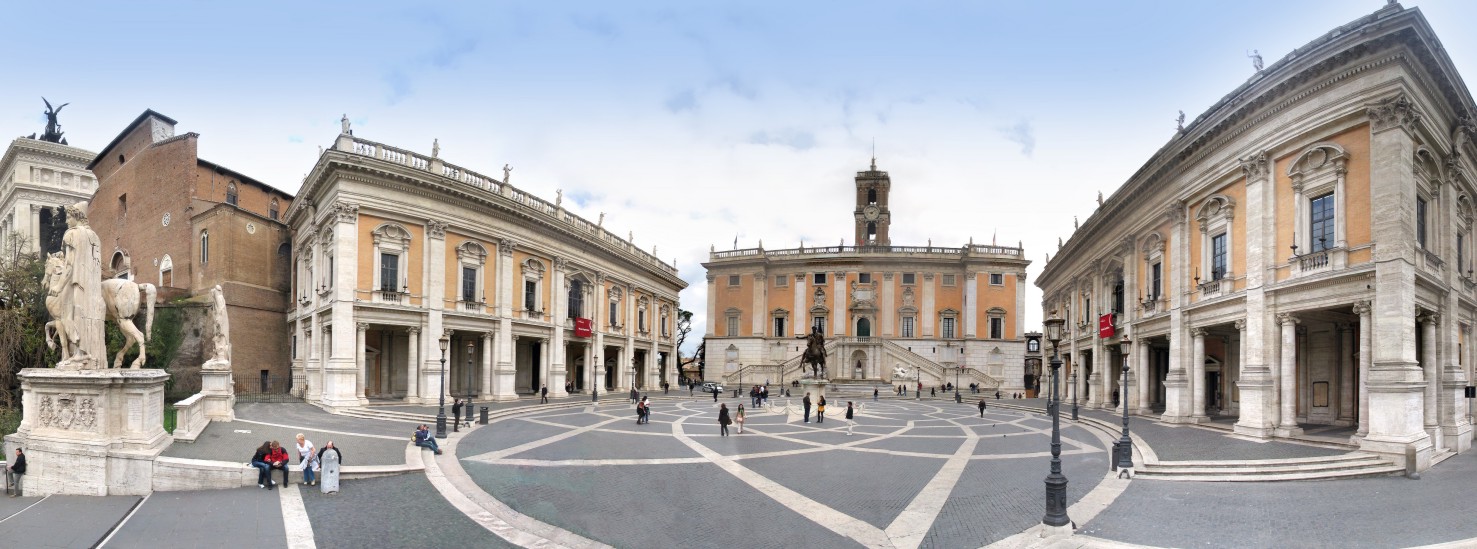
- Details
- Guide Tips
Visit the Capitoline Museums for free and its countless masterpieces and works of art through a virtual experience that goes beyond spatial limits, from computers, tablets and smartphones and also with additional media such as the special cardboard or VR viewers.
Read more: Visit for free the first and oldest museum in the world: the Capitol Hill Museums
- Details
- Guide Tips
Escape the ordinary and be an adventurer !
Experience easy but fascinating archaeological hiking tours through natural canyons and ancient paths dug into the rock of the volcanic hills, filled with thousand of picturesque and perfectly preserved ruins, waterfalls, rivers, all surrounded by the beautiful pristine Mediterranean forest.
- Details
- Guide Tips
Tiziano Vecelli or Tiziano Vecellio (c. 1488/1490[1] – 27 August 1576[2]) known in English as Titian(pron.: /ˈtɪʃən/) was an Italian painter, the most important member of the 16th-century Venetian school. He was born in Pieve di Cadore, near Belluno (in Veneto), in the Republic of Venice. During his lifetime he was often called da Cadore, taken from the place of his birth.
- Details
- Guide Tips
Este elemento no está disponible en español. Está disponible actualmente en inglés, francés,
- Details
- Guide Tips
Here are some important regulation to be aware of before packing your luggage to catch a plane.
CARRY ON LUGGAGE REGULATIONS
Each passenger is allowed one carry-on item, the dimensions of which must not exceed 55 cm x 35 cm x 25 cm. Passengers may also carry one personal item, such as a purse, crib, laptop, wheelchair, pair of crutches, pushchair or stroller. The total weight of such items must not exceed 12 kg.
Security Rules for Liquids
What are liquids?
It is best to put as many of your liquid items as possible in your checked luggage.
For liquids, creams, pastes and gels taken on board, a specific regulation applies. All of these products must be presented at security checks in a transparent plastic bag (ex. freezer bag) of a maximum capacity of one litre (around 20 cm x 20 cm). Each liquid container cannot contain more than 100 ml and all containers must fit in the bag. Passengers may present only one closed bag, which must fit in the hand luggage. Any container over 100 ml is not allowed to pass through security checks, but is allowed in checked luggage
Lighters
Passengers are allowed to carry a lighter with them onboard. The lighter must be placed in a transparent bag and remain with them for the entire duration of the trip; it can not be placed in hand luggage. Note that lighters are not allowed in checked luggage either
Medication and medical equipment
Any necessary medications in containers over 100 ml may be taken with you onboard. However, all such drugs must be checked at the security point. In addition, you must obtain an agreement from the airport and the airline company you are travelling with prior to departure. You must also bring all relevant medical documentation (prescriptions, certificates...) which state that these drugs are essential to your health.
You may also take onboard any medical equipment you might need during the trip. If possible, this material must fit in only one piece of luggage and you must carry with you documentation showing it is necessary.
Children
You are allowed to take with you in cabin enough liquid baby food and sterilised water for the duration of the journey. However, you may be asked to taste a small amount of these items at the security checkpoint.
Duty Free
You can take liquid products bought after the security checkpoint onboard, regardless of their size. The majority of stores will handle your purchased items in a sealed bag; do not open it before reaching your final destination and keep your proof of purchase, as you will be asked to show it during transfer.
Note that if you have a connecting flight and your liquid items have been purchased in an airport's duty free area or onboard an aircraft from a non-EU company, you will be asked to check them.
Before you get to the airport
Take only items which are absolutely necessary in cabin and check as many liquid products as possible. Buy your plastic freezer bag before getting to the airport. If you have a doubt about regulations applying to your journey, contact the airport you are leaving from or your airline before getting to the airport.
Remember you cannot take wrapped gifts with you, as they will be unwrapped at the security checkpoint.
Upon arriving at the security gates
Be ready to show your freezer bag to the security agent; it will be checked at the same time as your hand luggage. Take off your coat or jacket so they can be checked and remove any metal objects from your pockets.
If you are travelling with a laptop or any other electrical appliance, remove it from your luggage and present it separately. In some cases, the security agent may ask you to take off your shoes or your belt.
FORBIDDEN AND AUTHORISED ITEMS
Sharp objects
Sports Equipment
Guns and weapons
Tools
Explosive materials
All explosive materials, without exception, including realistic replicas of explosives, are forbidden both in hand luggage and checked luggage, as they are flammable items (fuel, gasoline, lighter torches...).
Other
- Details
- Guide Tips
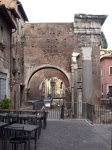 The Roman (Jewish) Ghetto was located in the rione Sant'Angelo, in the area surrounded by today's Via del Portico d'Ottavia, Lungotevere dei Cenci, Via del Progresso and Via di Santa Maria del Pianto close to the Tiber and the Theater of Marcellus, in Rome, Italy.
The Roman (Jewish) Ghetto was located in the rione Sant'Angelo, in the area surrounded by today's Via del Portico d'Ottavia, Lungotevere dei Cenci, Via del Progresso and Via di Santa Maria del Pianto close to the Tiber and the Theater of Marcellus, in Rome, Italy.
Papal bull Cum nimis absurdum, promulgated by Pope Paul IV in 1555 segregated the Jews, who had lived freely in Rome since Antiquity, in a walled quarter with three gates that were locked at night, and subjected them to various restrictions on their personal freedoms such as limits to allowed professions and compulsory Catholic sermons on the Jewish shabbat.
The measures contained in Paul IV's bull, including the establishment of the Roman Ghetto, had the explicit objectives of segregating the Jewish population of the city from the Christian majority, both spatially and legally, and of placing the former on a level of legal and social inferiority with respect to the latter. However, the ghetto was welcome to some Jews who thought that its walls served also to protect the small Jewish community from the possible attacks of Christian mobs and from the drain which must follow from assimilation to the majority, at the same time enabling special religious customs to be observed without interference.]
İn 1798, during the Roman Republic, the Ghetto was legally abolished, and the Tree of Liberty was planted in Piazza delle Scole, but it was reinstated as soon as the Papacy regained control. In 1848, during the brief revolution, the Ghetto was abolished once more, again temporarily.
The Jews had to petition annually for permission to live there, and were disabled from owning any property even in the Ghetto. They paid a yearly tax for the privilege; formality and tax survived until 1850.
They had to swear yearly loyalty to the Pope by the Arch of Titus (it celebrates the Roman sack of Jerusalem).
The requirement that Jews live within the Ghetto was abolished when the last remnant of the Papal States was overthrown on September 20, 1870.
The city of Rome was able to tear down the Ghetto's walls in 1888 and demolish it almost completely, before the area was reconstructed around the new Synagogue of Rome.
The ghetto of Rome was the last remaining ghetto in Western Europe until its later reintroduction by Nazi Germany.
Now it is "one of the Rome's most charming and eclectic neighborhoods, [...] restaurants serving up some of the best food in the city”, like the Jewish specialty of fried artichokes ("Carciofi alla giudìa").
There is one remaining piece of the Ghetto wall, which was built into the wall of one of the courtyards off the Piazza delle Cinque Scuole.
- Details
- Guide Tips
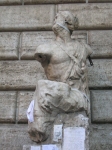 From the end of the 16th and for most of the 17th century, certain statues became a focal point for cutting satires and other works by unknown writers.
From the end of the 16th and for most of the 17th century, certain statues became a focal point for cutting satires and other works by unknown writers.
The so-called “Talking Statues” were those positioned on the city’s busiest roads, which were secretly posted at night with satirical verses or humanistic dialogue directed at people in power, very often the pope himself.
- Details
- Guide Tips
Oriolo Romano is a comune (municipality) in the Province of Viterbo Province of Viterbo in the Italian region Latium, located about 40 km northwest of Rome and about 30 km south of Viterbo on a hilly area near the ancient Via Clodia.
Main Sights:
- Palazzo Altieri di Oriolo, enlarged in 1674 during the papacy of Clemente X, a member of the Altieri family. It has frescoes with stories of the Old Testament and landscapes of Altieri's former fiefs.
- Fontana delle Picche, fountain designed by jacopo Barozzi da Vignola.
- Olmate, a complex of tree-sided alleys which connects Oriolo to Montevirginio, a frazione of Canale Monterano.




